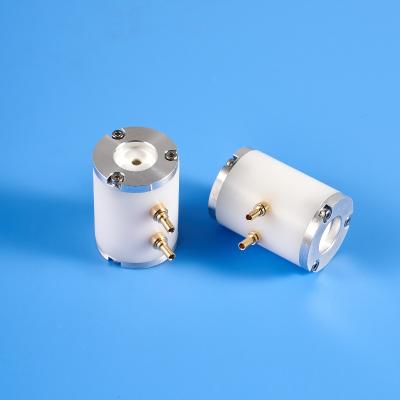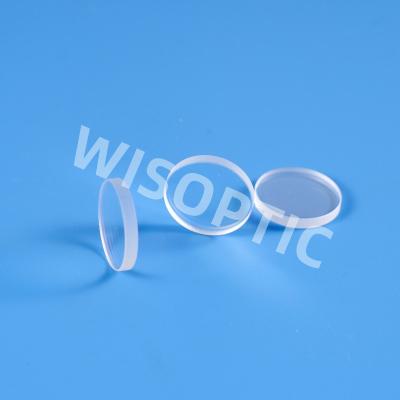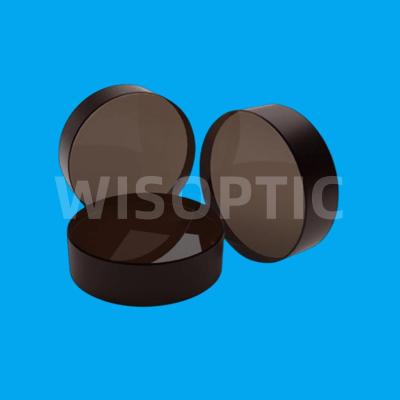Tracking and understanding laser damage events in optics - Part 04
Laser damage induced by microscopic defects in optical components
Nodule defect is a typical representative of microscopic defects, and it is one of the main discoveries in the study of laser damage to thin films in the 1990s. At present, a lot of research has been done on the electric field enhancement and damage characteristics of nodule defects and artificially implanted nodule defects. The damage mechanism of nodular defects has been deeply understood.
The nodule defect is the main cause of damage to the fundamental frequency dielectric membrane element. Compared with other microscopic defects, the nodule defect has its own obvious morphology characteristics. This defect originates from the seed. Due to the subsequent deposition of the film layer, a parabolic structure as shown in the figure below is formed in the film stack. Its overall performance is a cone. The interface between the cone and the surrounding film layer is continuously deposited with the film layer and keep changing. The cone boundary near the seed is discontinuous with the surrounding film layer. But this discontinuity tends to die away with the continuous deposition of subsequent film layers. Large and shallow seeds tend to form nodular defects with discontinuous borders, while small and deep seeds form nodular defects with continuous borders. Finally, a bulge structure is formed on the surface of the film. The radial scale of the bulge is generally several micron, and the height is about 100 nm.
The field enhancement effect induced by nodular defects is an important reason why nodular defects are prone to damage. According to the size of the actual cross-sectional representation of the nodule defect, the electric field enhancement effect induced by the nodule defect with a seed diameter of 250 nm and a crown diameter of 2.82 μm in the high reflection film was simulated and analyzed, as shown in the figure (a) below. It was found that on average, the electric field strength has a 2-fold increase, so the light intensity has a 4-fold increase. This makes the nodular seeds absorb the laser energy that penetrates the membrane stack above the seeds, heat up rapidly, and conduct heat conduction to the surrounding medium. The temperature gradient and thermal expansion formed by heat conduction will induce thermal stress. When the thermal stress exceeds the tensile limit of the medium, cracks will generate and propagate. If the temperature rise of the seed area is higher, it will lead to melting or even vaporization of the seed area, and the formed strong internal pressure will explode the nodule and the surrounding film layer, leaving a nodule pit eventually. Numerical simulations were carried out on the thermodynamic response of the nodule defect and surrounding thin film materials. Figure (b) shows the radial temperature distribution under the irradiation condition of laser energy density 7.5 J/cm2 (1064 nm, 12 ns), and figure (c) shows the thermal stress and critical stress distribution.



